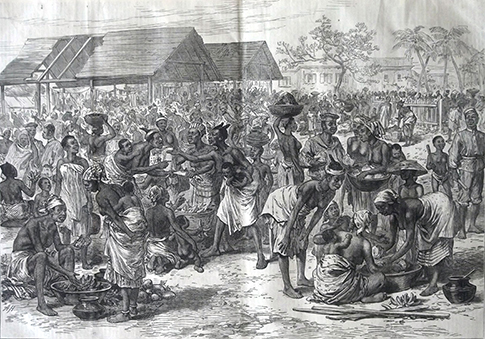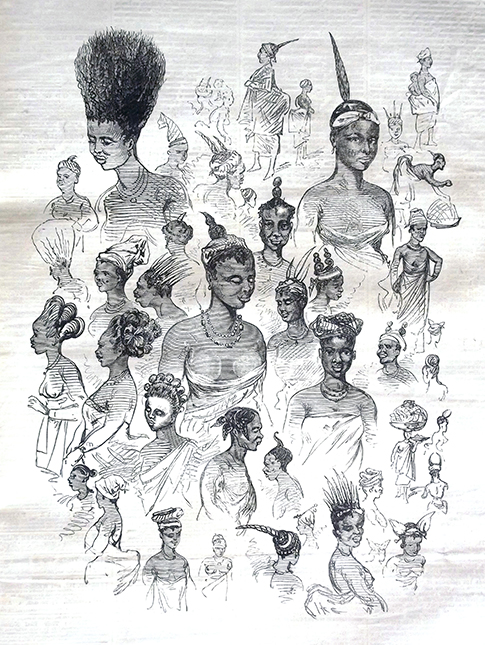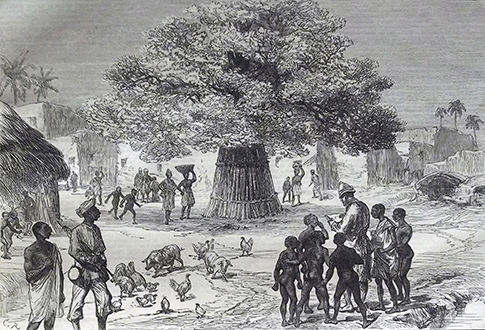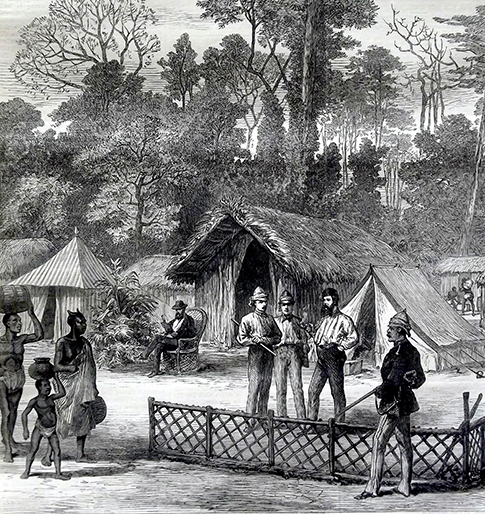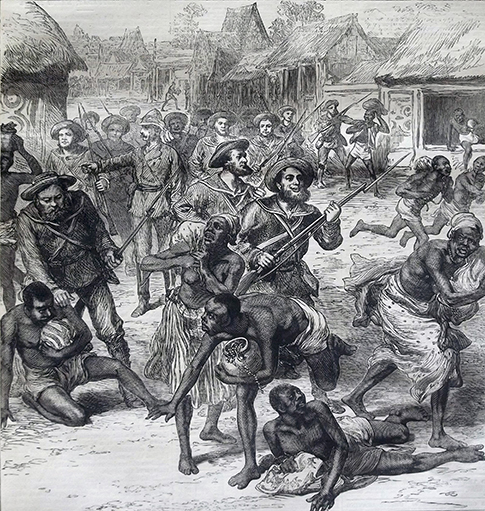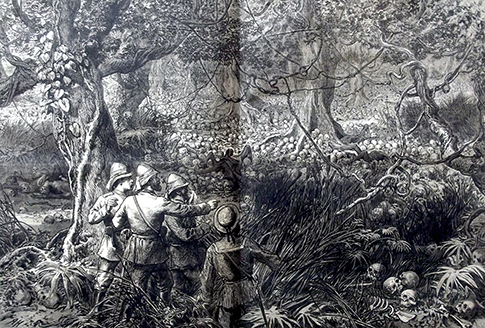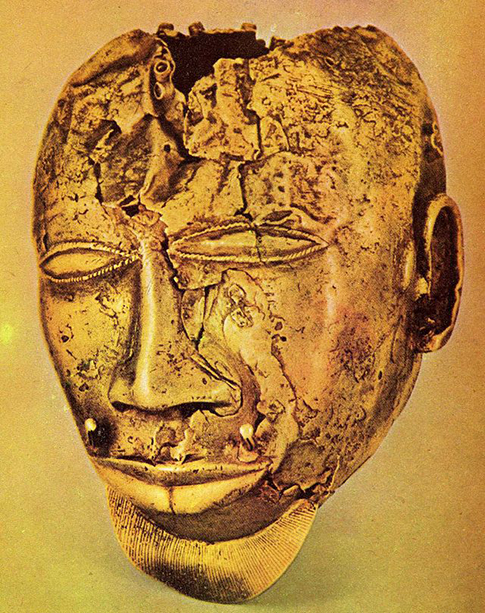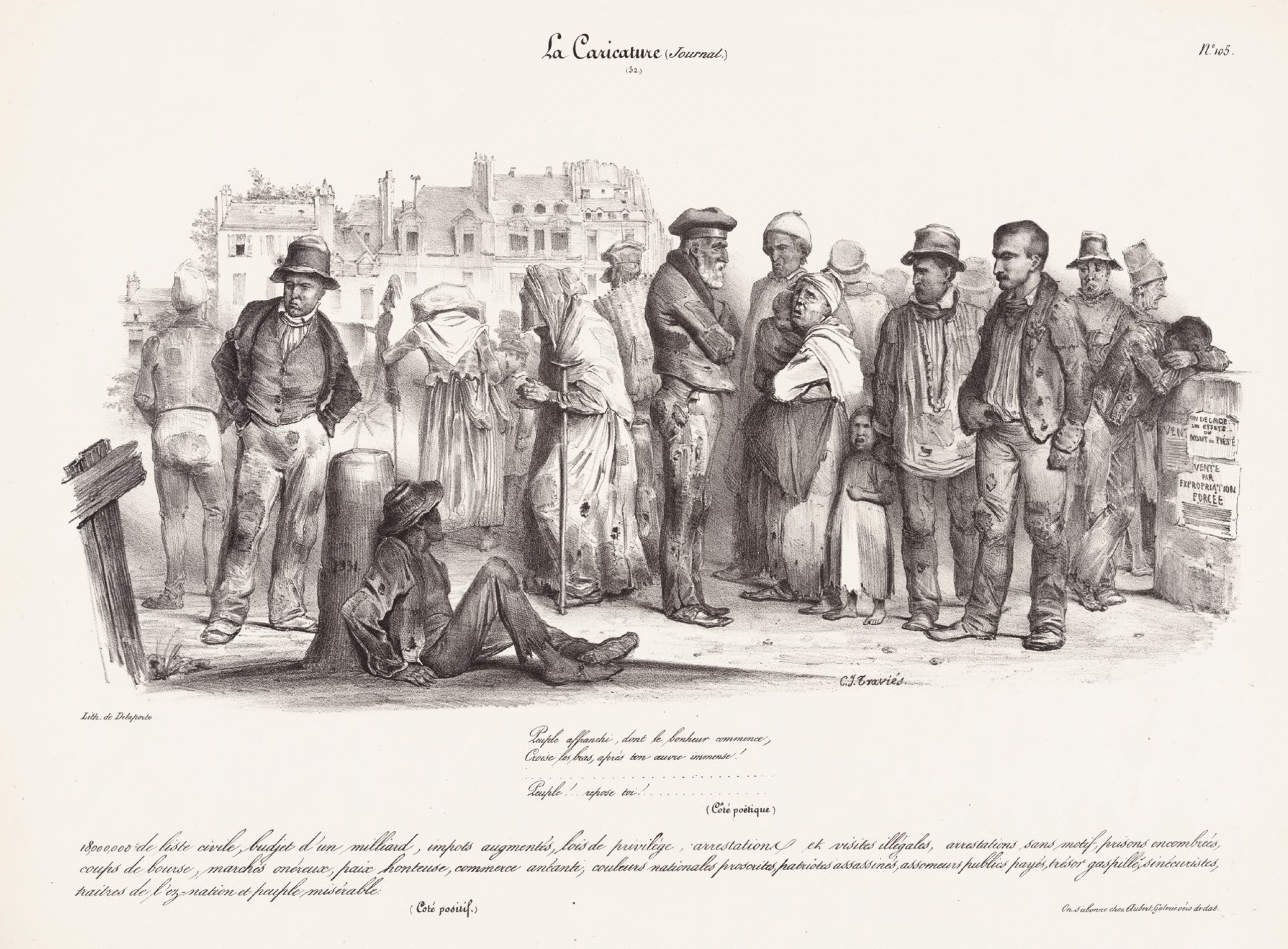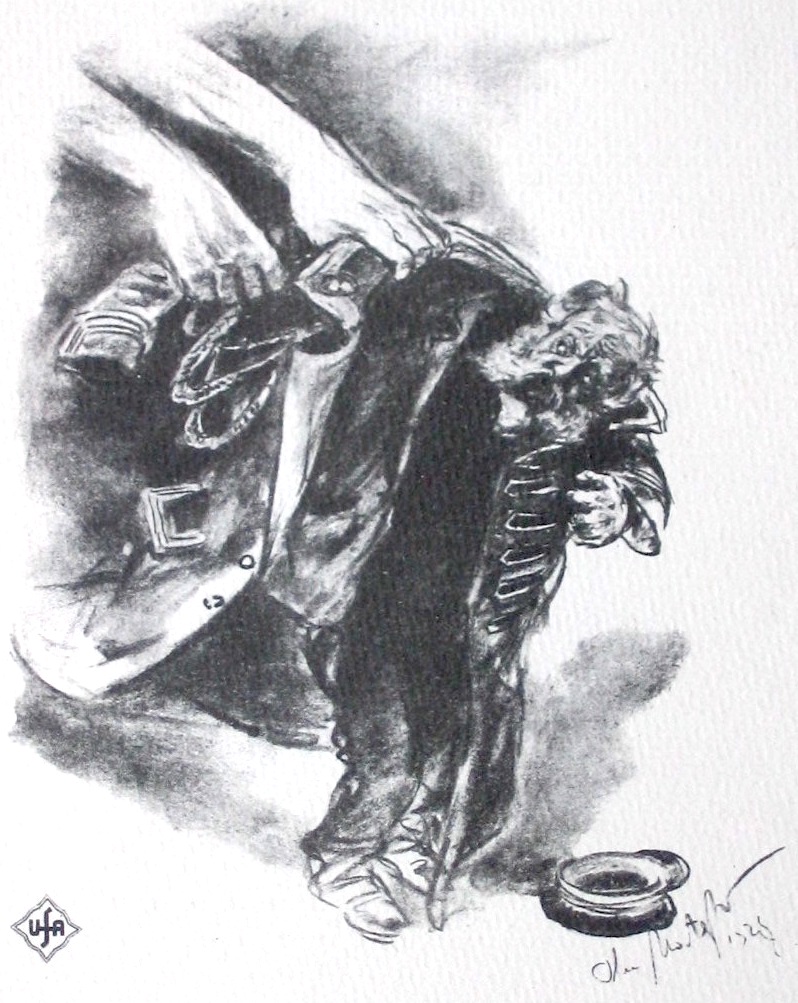Alexander Roob]
[September 1, 2014
“The Boy who Spat in Sargrenti´s Eye.” A postcolonial Melton Prior novel by Manu Herbstein. A review.
Special artist Melton Prior plays a leading role in a new novel by distinguished South African writer Manu Herbstein. Composed in the form of a fictitious diary, the historical background of the adventurous story is provided by the second campaign of the British Empire against the powerful Asante nation, located in the regions of present-day Ghana. The series of Anglo-Asante Wars, which lasted nearly eighty years, from the 1820s until 1900, were mainly about the economically important control of the Gold Coast, a region that had moved from the early days of slave trade on into the firing lines of competing colonial interests.
Mr. Prior “showed me how to set up his easel. Then he started sketching. He quickly filled three sheets of paper. The people in the market crowded around to look. It was my job to keep them at a distance. It wasn’t easy. Then Maame came to see what was going on and chased them all away, leaving him in some peace to get on with his work.” (Diary of Kofi Gyan / image: Mepri-Coll.)
In June 1873, British forces bombarded Elmina town, a strategically decisive coastal fortress, which the British had only recently taken over from the Dutch occupation. Later that same year, the British flattened numerous other coastal towns and villages. In the beginning of 1874, British troops under the command of Major General Wolseley, known in Ghana as Sargrenti, started a punitive expedition against the Asante people, which culminated in the looting of the fabulously rich Asantehene’s palace in Kumase and the devastation of the Asante capital.
“In the morning Mr. Prior said he wanted to draw pictures of the hairstyles Mama was giving to her customers. (…) He did each portrait on a separate sheet of paper. In the afternoon he copied them all onto a single master sheet to send to London.” (Diary of Kofi Gyan / image: Mepri-Coll.)
The participation in this military expedition was the first of countless engagements of Melton Prior, who was working as a graphic war correspondent of the Illustrated London News – for him the start of an extraordinarily prolific thirty-year career, which often saw him shifting from one seat of war to the next without much of a break in between. However, Herbstein’s book is not written from the racist perspective of a pompous exponent of New Imperialism such as Melton Prior, but from the indigenous viewpoint of a fictitious fifteen-year old Fante boy named Kofi Gyan, who is hired as Prior’s assistant. He witnesses the events and records them in his diary. This basic plot enables the author to spin his narrative thread along the sequence of Prior’s reportage drawings. The book reproduces almost seventy examples, the interesting point being that Prior’s drawings do not merely function here as illustrations, but as material points of reference. The drawings themselves, or rather their “decontaminations” by Kofi Gyan’s comments, are the main subjects of this clever novel. Its basic ambiguity is partly due to a very contemporary aspect of Melton Prior’s graphics: their self-awareness in terms of motifs as well as in terms of styles.
“In the morning we went to a village outside Cape Coast and Mr. Prior made a drawing of himself making a drawing, surrounded by curious onlookers. Clever! He has given me a pad and pencils and I am learning to draw too.” (Diary of Kofi Gyan / image: Mepri-Coll.)
One sketch shows him together with his reporter colleagues, notorious Africa explorer Henry Morton Stanley, and special correspondent George Alfred Henty. The latter was well known in all parts of the British Empire for his adventurous literature for young adults. In their staunch imperialistic suggestivity, Henty’s works represent something like an opposite pole to Herbstein’s postcolonial novel, which has won him a Burt Award for excellence in young adult fiction in African literature in 2013.
“Today we put the finishing touches on the correspondent’s compound, building a low fence and planting a garden with seeds (…). In the picture, Mr. Reade is sitting at the back and Mr. Stanley, Mr. Prior and Mr. Henty are standing together. The four of them have more than a hundred employees altogether, and all of us have been sleeping in the open.” (Diary of Kofi Gyan / image: Mepri-Coll.)
“As darkness approached, Sargrenti followed his troops into Kumase on a mule and called for three cheers for their Queen. Then they cleared the town street by street, until it was deserted.” (Diary of Kofi Gyan / image: Mepri-Coll.)
The novel also partakes in recent discussions on restitutions of looted cultural treasures. The front cover features the image of a famous solid gold mask from the palace of the Asante king Kofi Karikari. It now resides in the Wallace Collection in London. Other Asante treasures looted by the British robbery campaign under the command of General Wolseley aka Sargrenti can be found in the British Museum.
“Our next stop was the grove of the dead. So many skulls and skeletons of beheaded criminals and sacrifices! (…) Like Mr. Prior, I tied a cloth around my nose. But he insisted on staying to make a sketch to send to London to prove what barbarous savages the Asante are and how they deserved to be punished.” (Diary of Kofi Gyan / image: Mepri-Coll.)
Golden mask of King Kofi Karikari in the Wallace Collection, London (photo by Miguel Ángel Palermo and Ana María Dupey, Public domain via Wikimedia Commons).
The novel appears with Ghanese publishing house Techmate and can be ordered via email. Of course, this lively and inventive novel deserves a better international distribution, which ensures finding readers not only in the former colony, but also in the territories of the former colonizers. (Alexander Roob)
